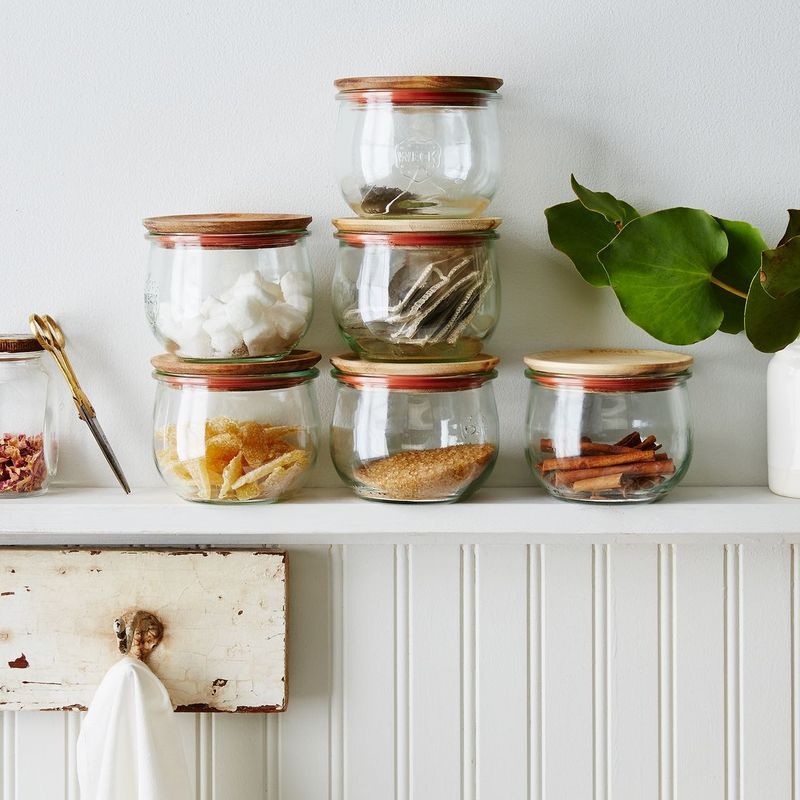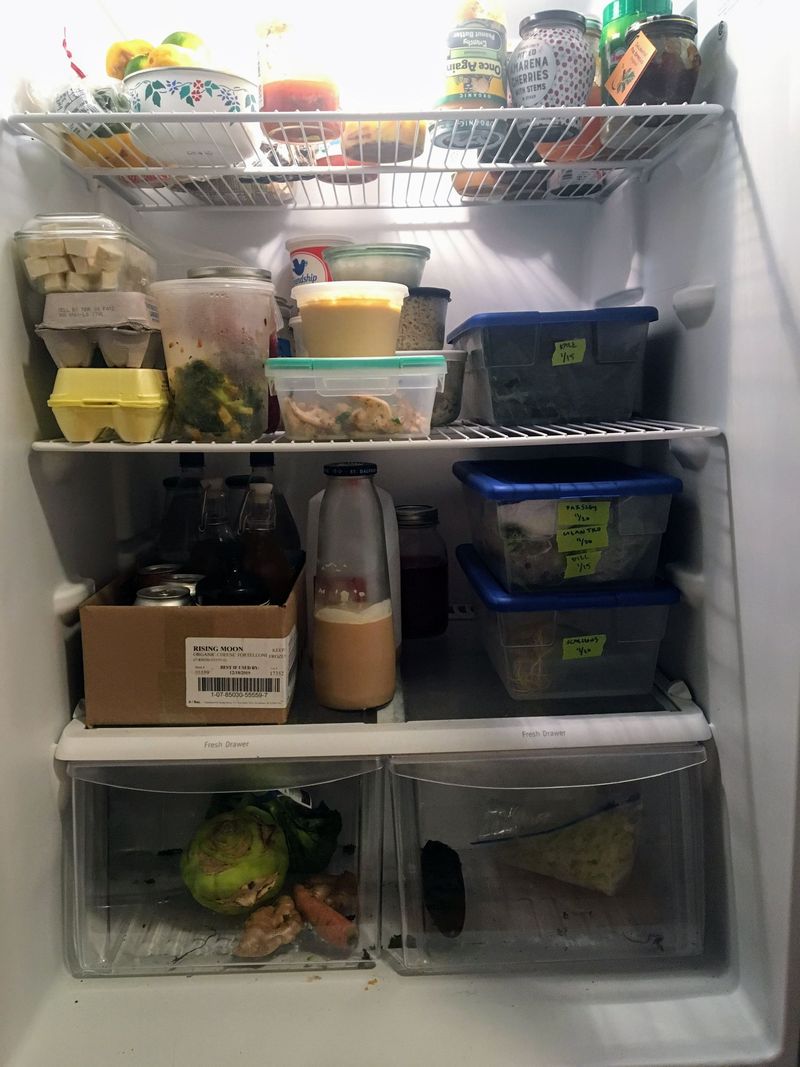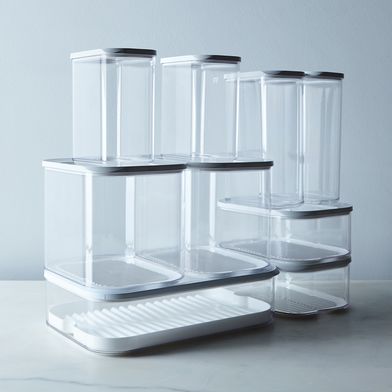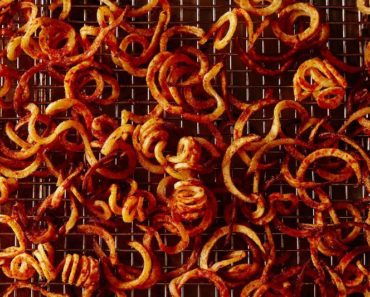Once upon a sticky, ill-fated August day, we woke to find our refrigerator had given up the ghost. Everything in it that was salvageable went quickly into a big cooler borrowed from our landlords with a bag of ice while we waited for a new fridge to come.
When it did (the next day—thank you, thank you, wonderful landlords), we were so excited that we barely noticed until we reached for the cheese drawer that there wasn’t one—that there were no drawers at all, actually, save for the two lowermost crisper drawers.
This turned out to be a happy accident: Fewer drawers means fewer maddening, unreachable corners to clean crumbly broccoli florets from or lose a nubbin of cheese in—but the missing drawers also made me rethink how we organized our fridge and stored all of our food.

by Peter Miller
A few months ago, remembering how Tamar Adler writes in An Everlasting Meal that she stashes her greens in plastic tubs, I bought three smallish, plastic-lidded containers on a whim. They’re the kind you might have used to organize markers or stickers as a kid, clear, sturdy rectangles with a blue top—and they’re somehow the perfect environment for keeping greens perky and fresh, not too moist, not too dry. I’m not one for exaggeration, but they have changed everything. I use mine for greens, but you could use them for anything semi-fragile and/or prone to getting crushed or lost in the maze of the fridge: cheeses, stale ends of bread with a future as croutons, you name it.

Photo by Caroline Lange
Kale, washed and torn from the stems and into bite-sized pieces and packed into the bin as soon as I get home from the grocery store, lasts for A MONTH, truly as good on the last day as on the first—and knowing that, I’ve kept up with the whole tearing process. Same for herbs: Off come the rubber bands or twist ties! Then I wrap each bunch in a paper towel and pack them away. I have had dill, which usually liquefies on me in a week, last three (!!!). I slap painter’s-tape name tags onto the containers’ fronts to help me keep track of what I have—typically one container for kale, one for scallions, and one for soft herbs (parsley, cilantro, dill)—and when I bought it. Sturdier things (like kale or chard) I’ll wash and dry before I pack them up; more fragile things (herbs, arugula, buttery lettuces) I’ll wait to wash just before I use them.
The whole system has made it faster and easier to cook what I have. I can grab a handful of greens and throw it into whatever I’m making instead of getting sidetracked (or discouraged) by having to tear up the whole bunch. Nothing gets squished by a heavy bunch of carrots or a kohlrabi—those things still live in the crisper drawers. And I’ve made a dent in my gallon-sized plastic baggie habit (the baggies were gallon-sized, not the habit—though I was so reliant on the baggies for my previous herb storage that we might as well call that gallon-sized too). This makes me especially happy when whatever green it is does, as it inevitably someday will, go slimy—I can fish it out, rinse the bin, and dry it well, and fill it with fresh greens.
What’s your trick for prolonging the life of your veg? Any tips for keeping basil happy? Tell us in the comments.
(via Food52)








